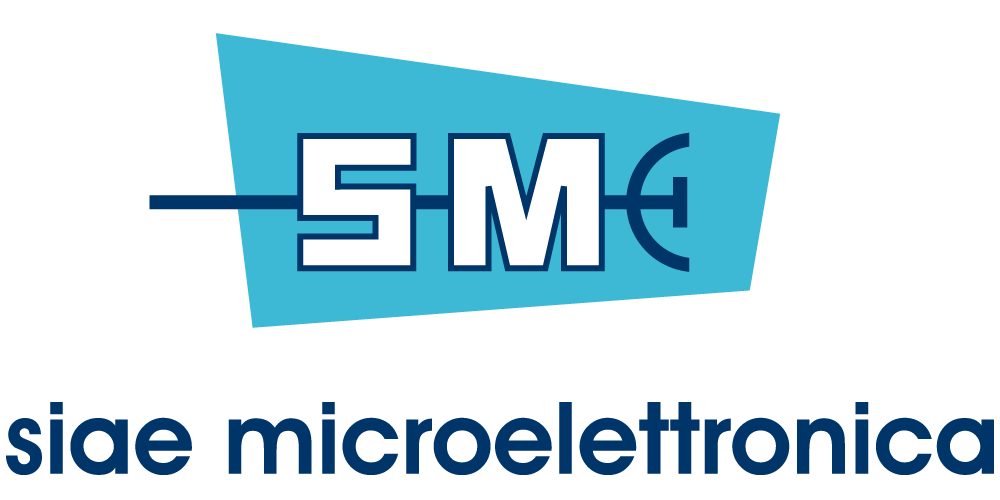A Spectrum Perspective
Microwave radio spectrum is fragmented and uneven across the traditional frequencybands. Furthermore propagation behaviour is different as we grow in frequency. The resulting picture is that some frequency bands are more heavily used then other, either because those frequency bands are open and made available worldwide, or simply because better fit the need of mobile backhauling representing the biggest application of the market. Consequently we will also have other frequency bands underused, regardless of spectrum width availability.
In the below qualitative picture we represented how frequency impact distances, as well as the usage of the spectrum, showing the portion between 15GHz to 23GHz being congested, and the available bandwidth per frequency band.

The highest congested frequency band groups are characterized by a low spectrum availability, while high frequency bands offering also a wide spectrum are generally underused.
Multi-Carrier Link Aggregation offers a solution to smartly couple different frequency band and respective bandwidth as if a single logical pipe, offering the advantage of long reach of one frequency band, with higher capacity of the other, with a smart management of traffic priority vs link availability.
Multiband
With the term of Multiband link we identify the bonding between a standard licensed frequency band High Availability like an 18GHz, with the Ultra High Capacity millimetre wave E-band of 80GHz.
Applications
- Extends E-band urband hop length to several kilometers, for sub-urban length connectivity
- Upgrade capacity of existing Microwave hops without impacting availability and limiting OPEX costs impact
- Provide fibre ring closure and fibre extension connectivity
When experiencing high traffic growth in a network upgrading existing links to Multiband configuration offers a drastic capacity growth on the links with limited OPEX costs, taking advantage of the little to no license schemes regulating millimetre wave frequency bands. (Regulations varies depending on the country)
 |
3 Channels2 Frequencies1 Antenna |
 |
|
Full Out Door Solution |
Split Mount Solution |
||
ALFOplus80HDX |
ALFOplus80HDX |
||
ALFOplus2 |
AGS20 |
||
This solution can be achieved coupling several ODU types, either via IF or Ethernet cable. The bonding can be achieved between an ALFOplus80HDX (80GHz) and the AGS20 linking together a 2+0 xpic standard frequency bands with a 10Gb single channel resulting in a 3+0 link, over single antenna.
the same configuration can also be achieved in a full outdoor architecture coupling the ALFOplus2 with ALFOplus80HDX.
This gives operators the freedom to address a wider option of cases, as well as upgrade existing link in any configuration, maximizing the benefit throughout the network.
The same behaviour can also be achieved by aggregating two links from two licenced frequency bands.
With Multiband link we exploit available spectrum at higher licensed frequency bands while leveraging on extra reach of lower licensed frequency bands
Conclusions
The use of Multi-Carrier Link Aggregation is another tool at the service of operators to address the constant traffic capacity growth. With this implementation microwave radio plays on its strength of flexibility to re-arrange existing components to provide a new way to offer connectivity.
Read Press Release:
MOVISTAR CHILE CONTINUES BOOSTING ITS 4G NETWORKS WITH SIAE MICROELETTRONICA’S MULTIBAND LINKS
SIAE MICROELETTRONICA solution:
- Based on already available products
- No dedicated hardware needed
- Fully hitless solution in any stage of RF state change
- Lowest power consumption solution
- HQoS of smart traffic management
SIAE MICROELETTRONICA related microwave radio equipment:
